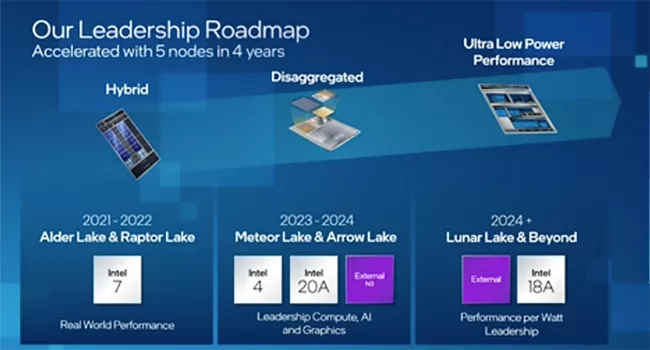It looks like Intel is prepping Arrow Lake-H processors for ultra-high-performance gaming notebooks based on theArrow Lake-Ssilicon designed for desktops, and featuring up to 24 cores, noticed@InstLatX64on Twitter/X. If this is the case, this willnot be the first timethat Intel and partners will install desktop silicon into laptops.
Intel is currently testing its ‘Intel Corporation Arrow Lake Client Platform/ARL-S BGA SODIMM 2DPC board.’ The board could be used to test an upcoming ARL-S BGA processor for notebooks, or perhaps actual desktop processors for some reason packed in aBGA packaging. The motherboard was built in early 2024, so at this point the platform should be in its late stages of development, if Intel decides to proceed with its release.

Unlike Arrow Lake-H processors for laptops, projected to feature up to 16 cores (with both high-performance and energy-efficient cores), socketed Arrow Lake-S CPUs for desktops are expected to pack up to 24 cores (with both high-performance and energy-efficient cores) without simultaneous multithreading. While most notebooks will be fine to use Arrow Lake-H processors with up to 16 cores, ultra-high-endlaptops for gamingand professional applications may require more cores, and Arrow Lake-S BGA with 24 cores will be just what the doctor ordered for them.
Intel’s Arrow Lake-H or perhaps Arrow Lake-HX processor will likely use fully-featured Arrow Lake-S multi-chiplet silicon, equipped with eight Lion Cove performance cores without Hyper-Threading and 16 Skymont efficiency cores, a large cache, and an integrated GPU. The CPU uses a BGA ARL-S interposer, which is designed to provide sufficient pins and power for the large, power-intensive silicon, possibly including the chipset in the same package.

These high-performance Arrow Lake-H/HX processors are expected to have a TDP of 45W or 55W, though actual power limits may be higher to support high clock speeds. Achieving these high frequencies will significantly depend on voltage regulating modules (VRMs), making the performance of Arrow Lake-S in BGA packaging reliant not only on Intel but also on the efforts of PC makers andmotherboarddesigners.
At this point, we do not have any details about the specifications of Arrow Lake-S in BGA packaging, though InstLatX64 notes that the processor’s detected frequency is 3.0 GHz without AVX512.
Get Tom’s Hardware’s best news and in-depth reviews, straight to your inbox.
Anton Shilov is a contributing writer at Tom’s Hardware. Over the past couple of decades, he has covered everything from CPUs and GPUs to supercomputers and from modern process technologies and latest fab tools to high-tech industry trends.